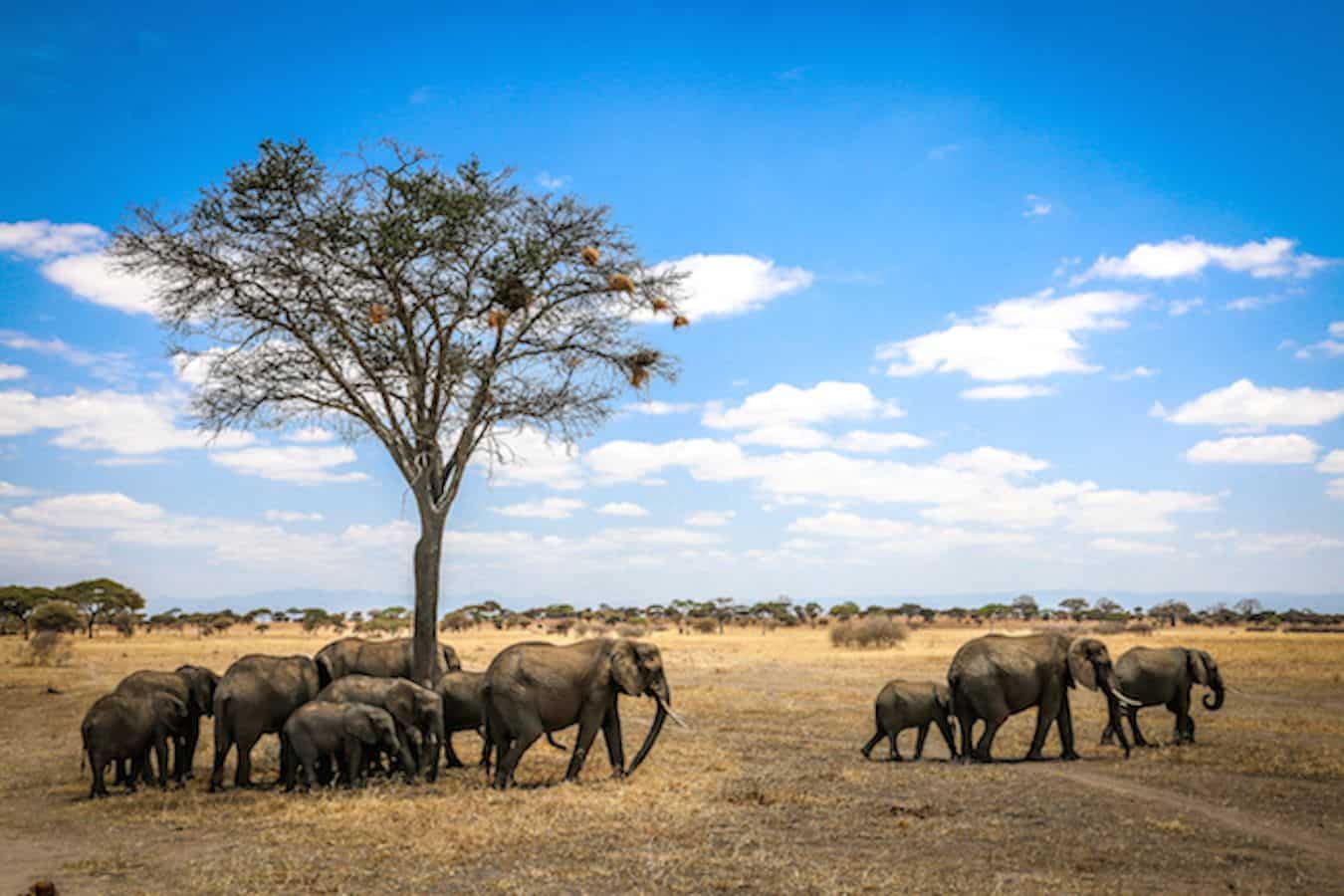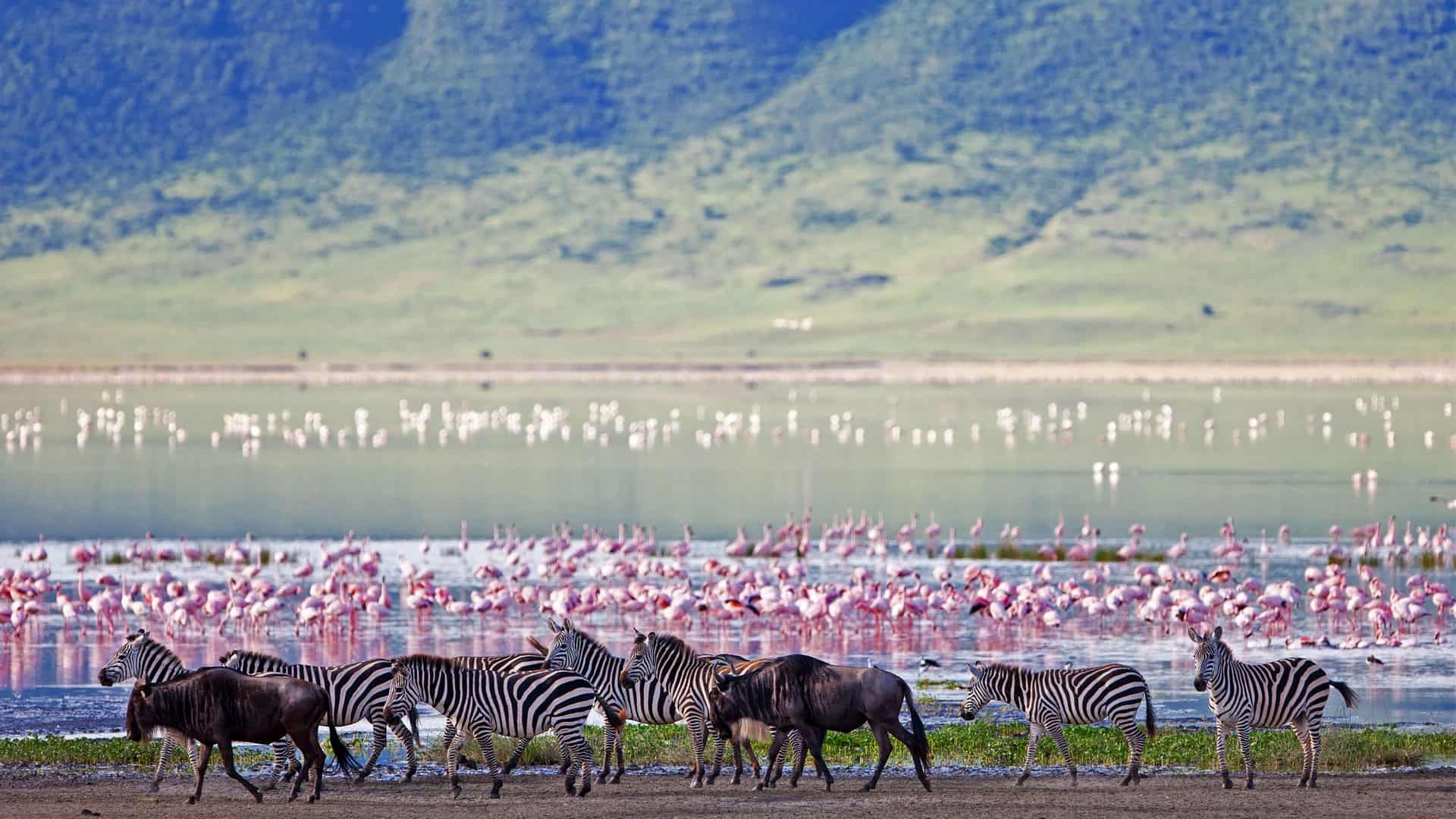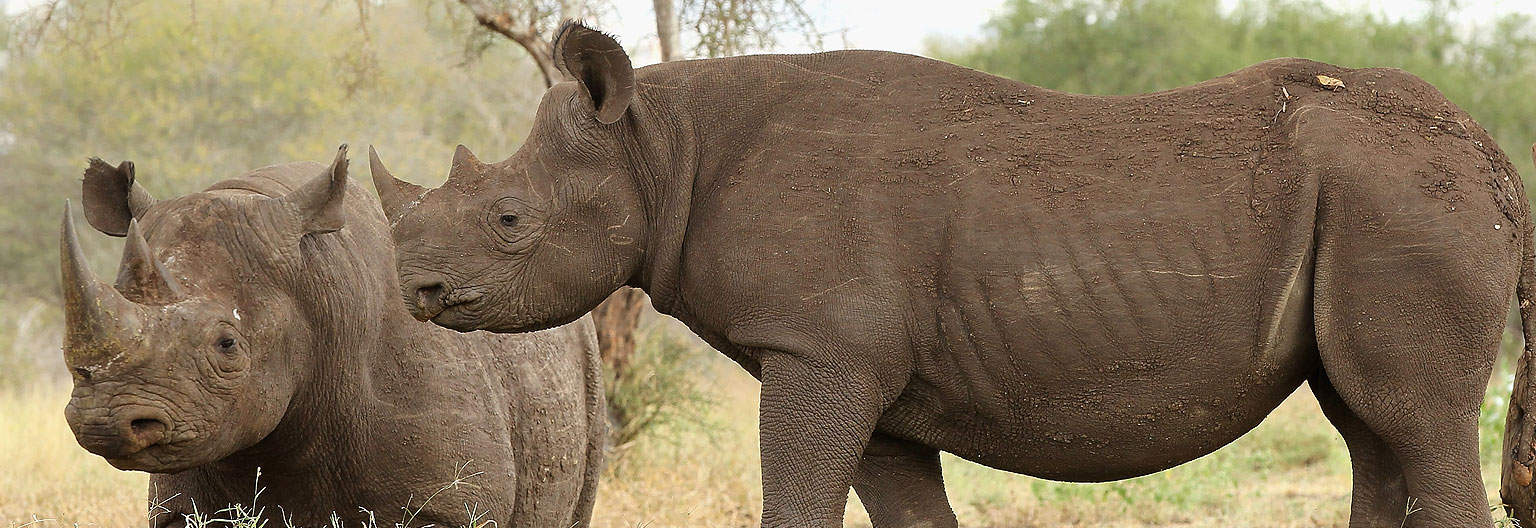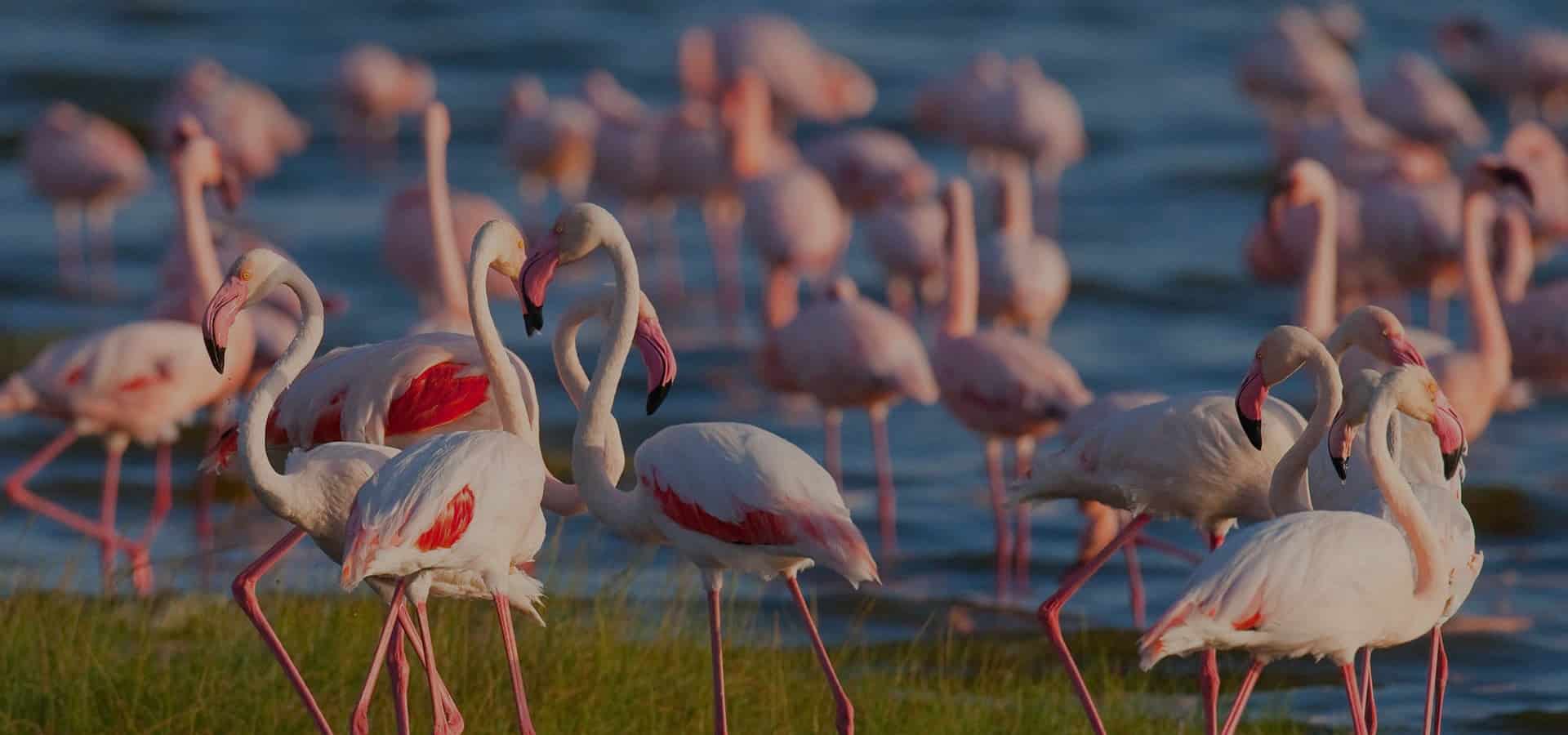Ngorongoro Conservation Area
- Home
- Ngorongoro Conservation Area
The crown jewel of Ngorongoro is a deep volcanic crater, the world’s largest unflooded and unbroken caldera. The Ngorongoro Crater is a spectacular natural phenomenon with a diameter of 20 kilometers, a depth of 600 meters, and a surface area of 300 square kilometers.
The Ngorongoro Crater is one of Africa’s most iconic sights, with the highest concentration of species in the continent. The Crater, dubbed the “eighth wonder of the world,” has gained international acclaim, attracting an ever-increasing number of visitors each year. You won’t be able to get away from other vehicles here, but you’ll be rewarded with incredible wildlife viewing in a truly breathtaking setting. Ngorongoro is unlike any other place in Africa!
The world’s biggest intact volcanic caldera, the Ngorongoro Crater, is located in Tanzania. It is home to over 30,000 creatures at any given time, forming a beautiful bowl of about 265 square kilometers with sides up to 600 meters deep. The rim of the Crater is about 2,200 meters high and has its own climate. The small outlines of animals making their way around the crater floor far below can be seen from this elevated vantage point. Most days of the year, swaths of cloud hang around the rocky rim, and it’s one of the few spots in Tanzania where it gets chilly at night.
Grassland, marshes, woodlands, and Lake Makat (Maasai meaning “salt”), a central soda lake fed by the Munge River, are among the habitats found on the crater floor. All of these different habitats entice species to drink, wallow, graze, hide, or climb. Although animals are able to enter and exit this enclosed ecosystem, the rich volcanic soil, thick forests, and spring source lakes on the crater floor (coupled with the relatively steep crater slopes) encourage both grazers and predators to stay throughout the year.
Highlights of the Ngorongoro Crater’s Wildlife
Because a small population thrives in this picturesque and protected setting, the Ngorongoro Crater is one of the most likely places in Tanzania to encounter the endangered Black Rhino. It’s one of the few places in the world where they can still breed in the wild. There’s also a decent chance of seeing leopards and magnificent black-maned lions here. The soda waters of Lake Magadi also attract a large number of flamingos.
Maasai village visits in the Ngorongoro Crater
The Ngorongoro Conservation Area was established in part to protect the ecosystem for the Maasai people who were displaced from the Serengeti Plains. They are essentially nomadic people who construct temporary villages in the form of circular homesteads known as bomas. There are currently opportunities to see a few of these that have been made available to tourists. You can see how the huts are built in a rigorous design according to the wives’ chronological order, and you can imagine how it must have felt to rely on the warmth and vitality of a fire blazing in the core of a cattle dung home with no chimney. These brave cattle herders have a long history as warriors, and despite the fact that they are no longer permitted to erect communities inside the crater, they continue to bring their cattle into it to graze and drink, despite the presence of predators.






